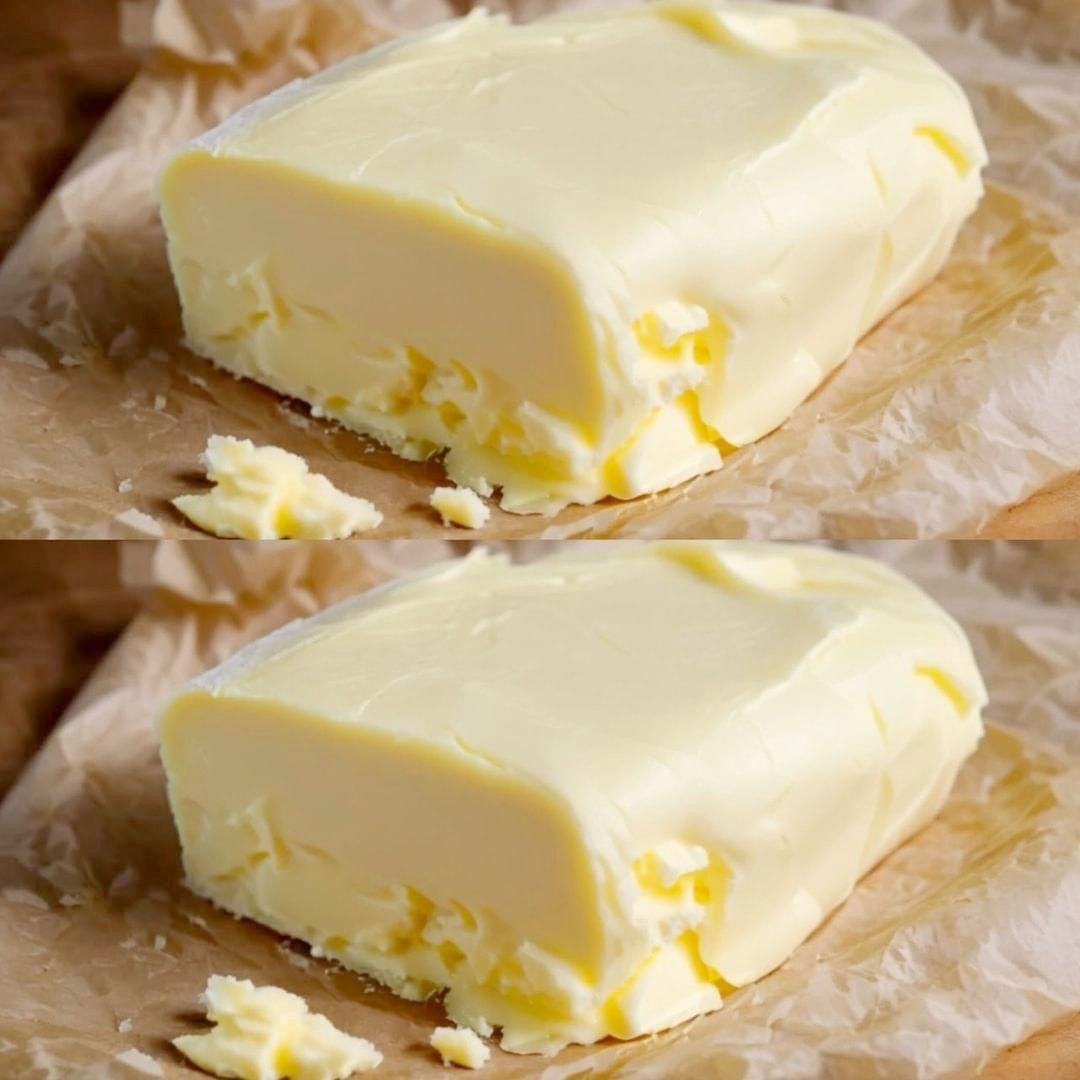Introduction:
The process of making butter at home is quite easy and fulfilling. You need only a few ingredients and a little patience to make fresh, creamy butter that is much better than the variety found in the stores.
Ingredients:
Two cups of full cream milk
¼ teaspoon salt (optional)
Instructions:
Chill Equipment: Put your mixing bowl, whisk or beaters in the refrigerator for about 10-15 minutes to chill.
Pour Cream: Carefully empty the heavy cream into the cooled mixing bowl.
Whisking: Using an electric mixer or stand mixer, whip it until stiff peaks form. It will take no more than five minutes before whipped cream forms after which continue whipping.
Separation: When it turns into whipped cream at this stage, the next step is separation of out buttermilk and butter. The fat particles of butter will start joining together as they separate from liquid (buttermilk).
Strain: Once separated completely, you should strain through cheesecloth or fine sieve to remove butter from buttermilk. Store if making other recipes involving pancakes or baking.
Knead: Collect your finished product into cheesecloth while washing under running cold water until there is no more buttermilk present inside it; hence longer life span results.
Add Salt: For those who want salted version, just sprinkle some salt and start working it with hands like any dough.
Shape and Store: Mold butter into a rectangular piece or any other form required. Hide it with wax paper or put it in an airtight container and keep it in the fridge.
Hints for Success:
Use high-quality heavy cream to get the best flavor.
Ensure your utensils are cold so that they help the cream solidify quickly.
Avoid over-beating; stop once buttermilk has completely separated from butter.
Rinse the butter thoroughly to remove all the remaining buttermilk.
Health Benefits:
Rich in Fat-Soluble Vitamins: It is known that Butter is a good source of vitamins A, D, E, and K.
Natural Source of Fat: Provides essential fats which are important for proper cellular functioning and energy production
Conjugated Linoleic Acid (CLA): Grass-fed cow’s milk produce has CLA that might be beneficial for one’s health.
Nutritional Information: (Per serving, approx. 1 tablespoon)
Calories: 102
Fat:12g
Saturated Fat:7g
Cholesterol:31mg
Sodium:2mg (unsalted butter)
Carbohydrates:0g
Protein:0g
Variations and Substitutions:
Herbed Butter:Add finely chopped herbs like parsley, chives or thyme.
Garlic Butter:Mince garlic and mix for aspread with taste.Honey Butter:Add honey for spreading on bread.A sweet variation perfect to spread on bread also includes honey.Frequently Asked Questions (FAQs):
Q: How long does homemade butter last? A Homemaid butter can last up to a week when kept in a refrigerator or up to six months when stored in a freezer.
May I switch from using ordinary cream to using the heavy one? A: Heavy cream is recommended because of its high fat content required for making butter.
Q: What can I do with the leftover buttermilk? A: Buttermilk can be used in baking recipes, pancakes, or as a marinade for chicken.
Q: Is it necessary to add salt to the butter? A: Adding salt is optional. Unsalted butter is great for baking, while salted butter is perfect for spreading.
Conclusion:
Making homemade butter can be an interesting and easy way of boosting your cooking and baking skills. In just some ingredients and a few simple steps you can have fresh, creamy homemade butter from your kitchen. Try out different flavors and enjoy the richness of homemade goodness!
